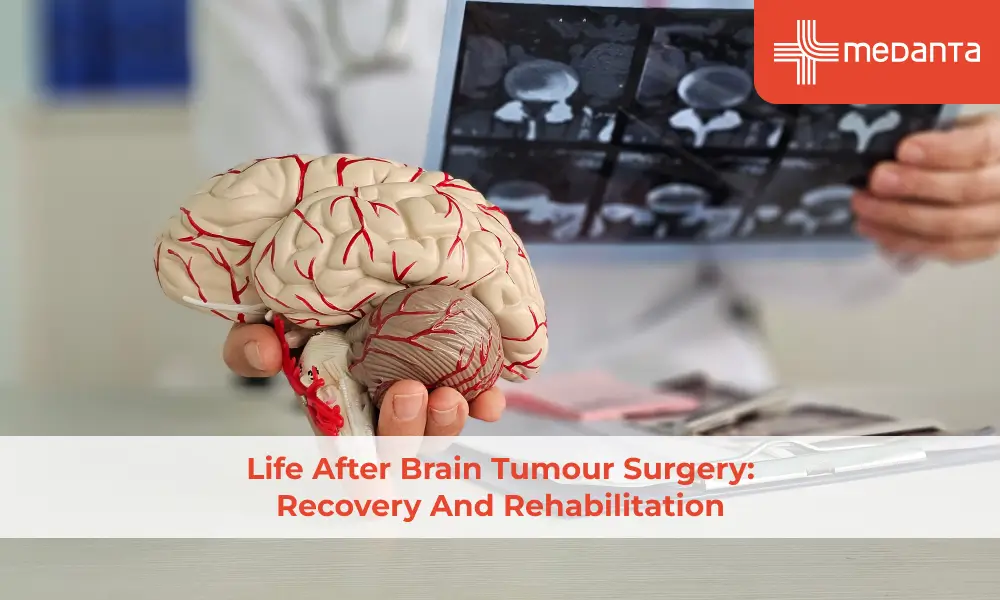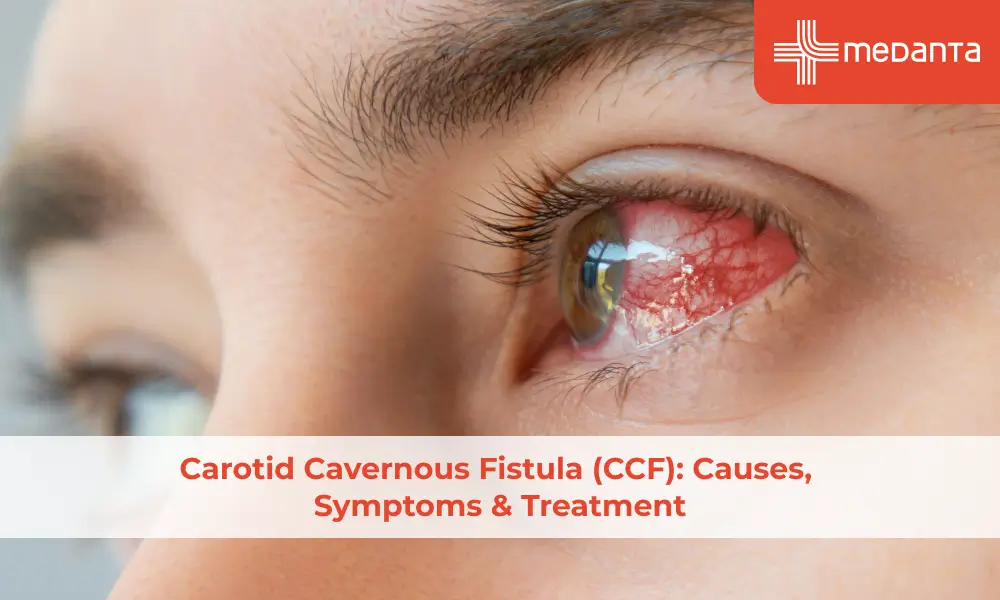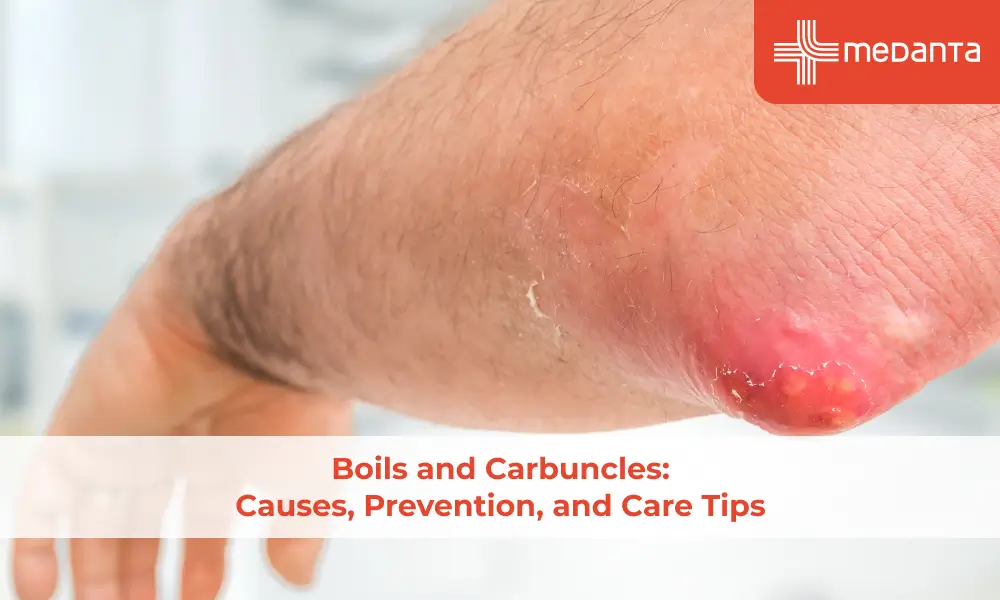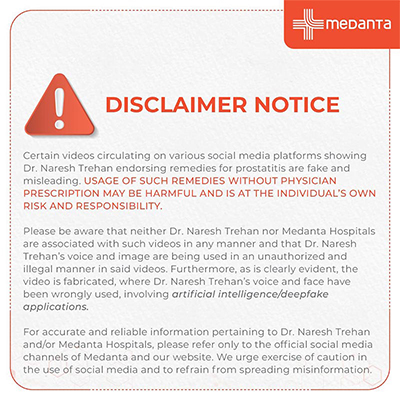The Future of Cardiac Care: How Technology is Revolutionising MICS

TABLE OF CONTENTS
Minimally invasive cardiac surgery (MICS) has revolutionised heart care in the last two decades. Many hospitals nowadays use minimally invasive techniques for many cardiac procedures, including aortic and mitral valve surgeries.
MICS brings major advantages over traditional heart surgery methods. Patients experience less surgical trauma, reduced pain after surgery, and spend less time in the hospital—usually around six days for minimally invasive direct coronary artery bypass (MIDCAB) procedures. The benefits extend beyond recovery time. MICS reduces infection risks, speeds up healing, and leaves smaller scars. MIDCAB procedures have proven their worth with excellent outcomes, showing graft patency rates between 92% and 100%.
Technology keeps pushing the boundaries of minimally invasive cardiac surgery. The benefits reach both patients and surgeons, reshaping the future of cardiac care. Robotic-assisted techniques and 3D visualisation systems mark just the beginning of this technological revolution in cardiac surgery.
Minimally invasive cardiac surgery (MICS) emerged in the mid-1990s and revolutionised the surgical approach to cardiac care.
MICS altered cardiac surgery by eliminating the need for full sternotomy. Surgeons now perform procedures through 2-3 inch incisions instead of making 8-10 inch cuts through the breastbone. This approach has improved patient outcomes and recovery experiences, as well as changed the physical aspects of surgery.
The surgical techniques developed for MICS include:
Mini-sternotomy: A 3-inch incision in the upper part of the breastbone
Mini-thoracotomy: A 2-3 inch incision between the ribs
Robotic-assisted: A 1.5-2 inch incision with additional small port sites
Surgeons have successfully applied these techniques to many cardiac procedures that once required open-heart surgery. MICS now serves patients needing coronary artery bypass grafting (MICS CABG), mitral valve repair, aortic valve replacement, atrial septal defects, and hybrid coronary revascularisation.
Studies show that MICS reduces hospital stays to 4 days compared to 6 days with traditional sternotomy.
The field keeps evolving rapidly. In just a few years, the number of cardiac centres offering robotic cardiac surgery has significantly increased, reflecting growing confidence in and adoption of this advanced surgical approach.
State-of-the-art technology has driven the progress of minimally invasive cardiac surgery (MICS). What started as experimental procedures has now become mainstream cardiac care. These advances give surgeons better precision and visualisation while patients experience less traumatic surgeries.
Robotic systems stand out as the biggest technological advancement in MICS. The da Vinci Surgical System has reshaped procedures like coronary artery bypass grafting (CABG) and mitral valve repair. Its robotic arms provide unmatched precision when navigating tight spaces. The CorPath GRX system allows remote robotic-assisted control during percutaneous coronary interventions. The Hansen Sensei Robotic Catheter System delivers highly accurate movements during catheter ablation.
Other technologies that have sped up MICS development include:
Enhanced visualisation systems: High-definition 3D cameras show live magnified views of the surgical field. Surgeons now have better access to anatomical areas they struggled to see before. This technology proves particularly valuable in mitral valve surgery and provides clear views of valve leaflets and sub-valvular structures.
Virtual and augmented reality: VR platforms let surgeons practise complex procedures virtually before actual surgery. Augmented reality headsets display vital information directly on the surgical field during operations. This boosts precision and lowers error risks.
Specialised circulation systems: Minimal invasive Extracorporeal Circulation (MiECC) combines advanced perfusion technology to create closed, biocompatible circuits with minimal priming volume. These systems reduce systemic inflammation and manage blood better than traditional methods.
Custom instruments: Purpose-built retractors, knot pushers, and cannulation devices make MICS procedures faster.
3D printing technology helps surgeons create patient-specific anatomical models to better plan operations. These technological foundations continue to expand the possibilities of minimally invasive approaches.
MICS cardiac surgery reshapes the scene with benefits that go well beyond the operating room for patients and doctors alike. Patient recovery is different by a lot from traditional open-heart procedures.
MICS heart surgery patients feel less post-operative pain and discomfort. Their reduced trauma leads to shorter ventilator times and faster recovery. Most patients can go home within 3-5 days after MICS surgery, compared to 7-10 days for conventional approaches. This quick discharge makes patients happier and improves their quality of life.
MICS heart surgery comes with these practical benefits:
Less blood loss during the procedure
Lower infection risk, especially at the surgical site
Smaller, less visible scars
Return to daily activities happens within 2-3 weeks
Recovery takes weeks instead of months
All the same, MICS surgery isn't right for everyone. Cardiac surgeons assess each patient's condition and consider factors like overall health, heart anatomy, and specific cardiac issues that need treatment. Traditional open approaches might work better for patients with severe coronary artery disease, previous cardiac surgery, or complex heart conditions.
Surgeons face both opportunities and challenges with MICS. These techniques demand specialised training beyond traditional cardiac surgery. Each surgeon's learning curve varies, as some adapt quickly while others need more time to become skilled at these techniques. Despite the original challenges, surgical teams achieve excellent results with proper training and case selection.
MICS keeps evolving, and surgeons need expertise in multimodality imaging and specialised techniques, among other surgical skills. This complete expertise helps them provide treatment options that match each patient's unique needs.
MICS cardiac surgery has transformed heart treatment methods. Traditional large sternotomy incisions have given way to small access points between ribs, marking remarkable progress in surgical care. Patients recover faster now, spend less time in hospitals, and experience less pain after surgery. On top of that, smaller scars look better - something patients really value.
Modern technology pushes this surgical transformation forward. The da Vinci robotic platform helps surgeons perform complex procedures with incredible precision. Advanced 3D visualisation systems provide doctors with crystal-clear views of the heart. These tools, combined with specialised instruments for minimally invasive approaches, make procedures safer and more effective.
MICS shows how state-of-the-art medical practices directly improve patient outcomes. The field has grown dramatically in just two decades, and this progress points to even more remarkable advances ahead. Cardiac patients today receive better care with less trauma than ever before—a trend that will definitely continue as technology and surgical techniques develop together.
How is minimally invasive cardiac surgery (MICS) changing heart care?
MICS is transforming cardiac care by using small incisions between the ribs or partial cuts in the sternum rather than full sternotomy. This approach reduces surgical trauma, decreases post-operative pain, and shorter hospital stays for patients.
What are the main benefits of MICS for patients?
Patients undergoing MICS experience less post-operative pain, shorter hospital stays (typically 3-5 days), reduced blood loss, lower infection risk, and faster return to daily activities—usually within 2-3 weeks.
What technologies are driving the advancement of MICS?
Key technologies include robotic surgical systems like the da Vinci, enhanced 3D visualisation systems, virtual and augmented reality platforms for surgical planning and guidance, and specialised circulation systems and custom instruments designed for minimally invasive procedures.
Is MICS suitable for all cardiac patients?
No, MICS isn't suitable for everyone. Surgeons carefully evaluate each patient's condition, considering factors such as overall health, heart anatomy, and the specific cardiac issue. Patients with severe coronary artery disease or complex heart conditions may still benefit more from traditional open approaches.
How does MICS impact surgeons and their practice?
MICS requires specialised training and skills beyond traditional cardiac surgery. While challenging initially, experienced surgical teams achieve excellent results with proper training. Surgeons increasingly need proficiency in multimodality imaging and specialised techniques alongside traditional surgical skills to offer a full spectrum of treatment options.






